Being accurate when dating vintage goods is an obsession for a true vintage seller. Some things, like books, helpfully come with dates printed right on them. We love those things. But the majority of vintage pieces lack a printed date. All is not lost, however. Many have clues that can help. We’ve got a few hacks for dating vintage goods.
1 UPC bar codes
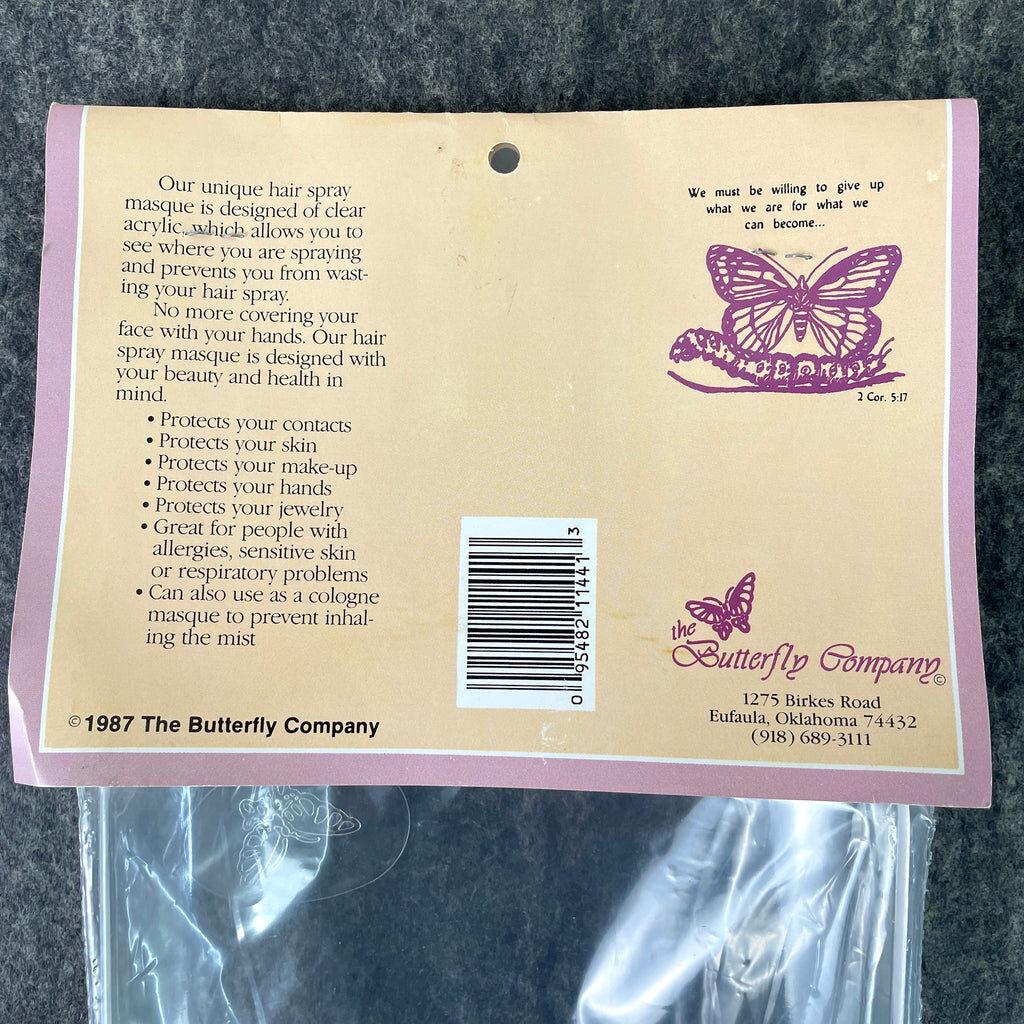
If it has a UPC, it is probably from the 1980s or later. Interestingly, discount mega-retailer Kmart was the first big box to embrace the UPC. Development of barcodes started in the late 1940s, which means it took its own sweet time to become ubiquitous. How the barcode was invented, from idea in the 1940s to reality decades later, is a long and interesting story told quite well by Smithsonian magazine.
2 ZIP codes
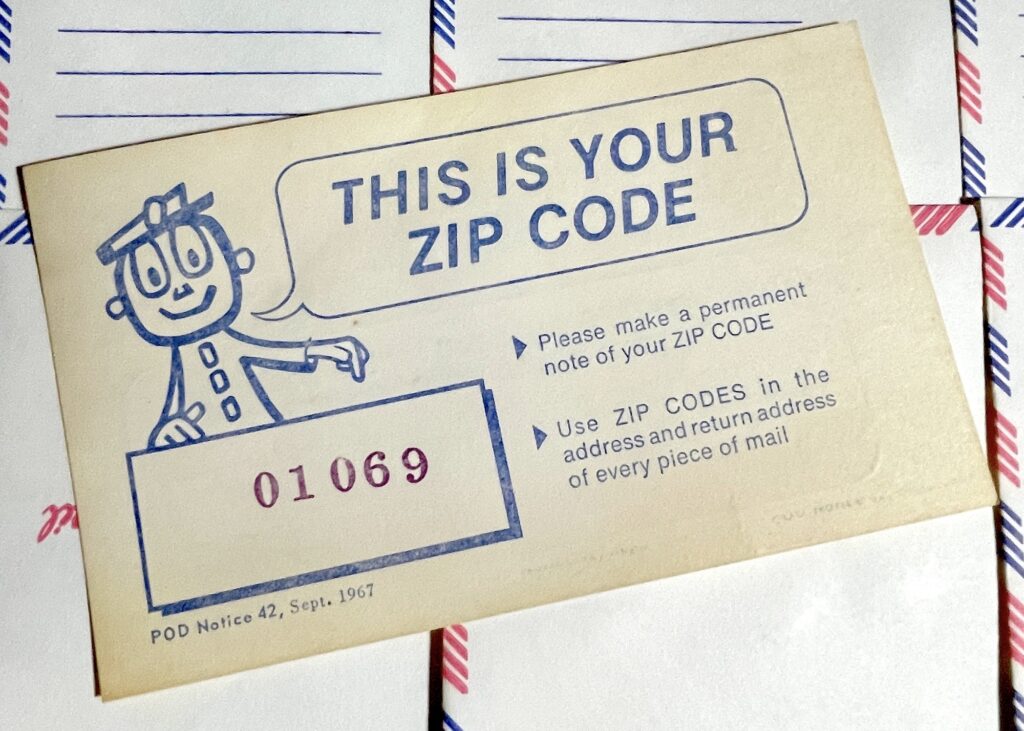
Post office location coding was introduced in 20 year intervals. If you see an address with one or two numbers between the city and the state, that dates from 1943 when the Postal Delivery Zone System was implemented to help postal workers handle the flood of mail WWII created. These codes were only used in the 124 largest urban areas of the country. Increased mail volume brought about Zone Improvement Plan codes, or as we know them, ZIP codes, in 1963. More volume required more sorting codes, this time nationwide. ZIP plus four was introduced in 1983.
3 Telephone numbers
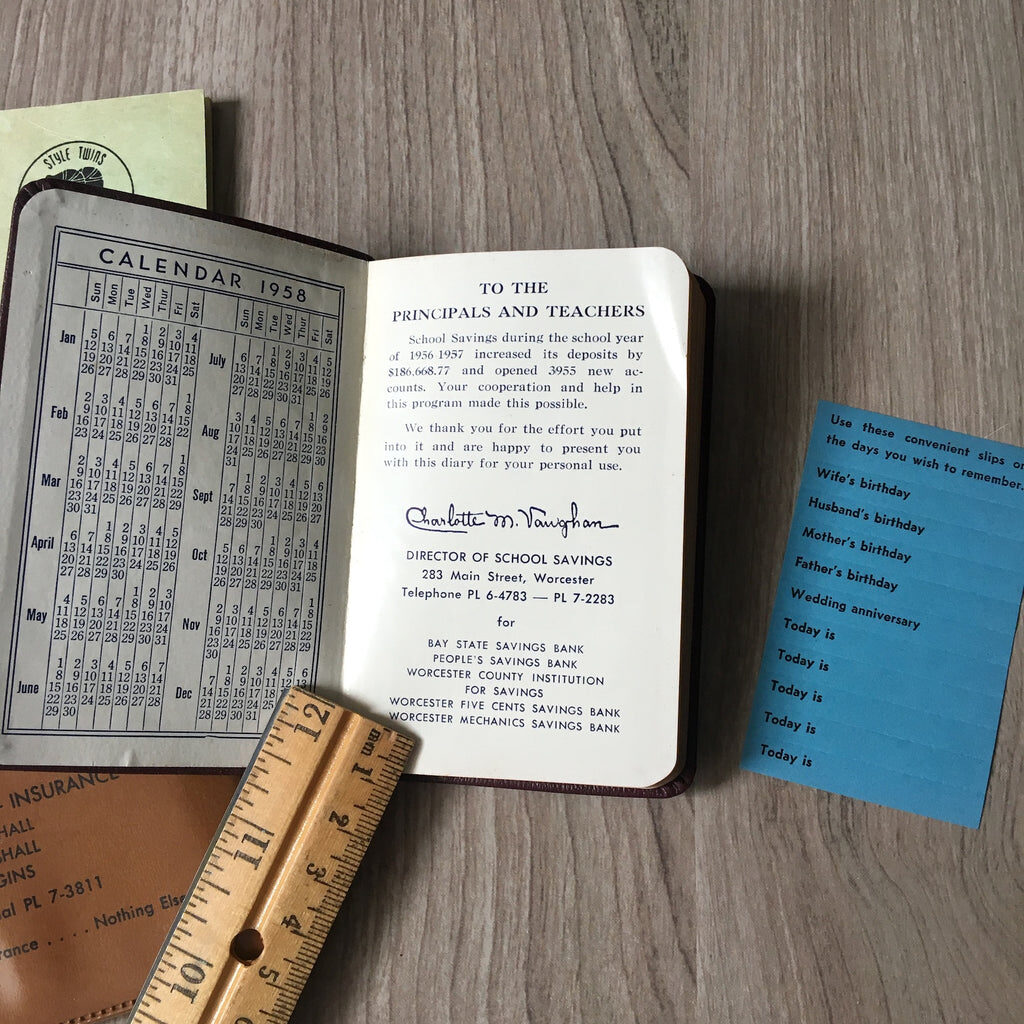
If you are lucky enough to have something with a phone number, it can help determine age. Telephone numbers of some kind have been used since 1879. AT&T came up with an alphanumeric phone number system with two letters to represent a telephone exchange + a number – four numbers in 1947, however some areas used them much earlier. New York City, for example, started using alphanumeric numbers in 1930. The letters were phased out in the 1960s.
4 Screw tops on bottles and jars
Photo by Jen Theodore on UnsplashDating bottles is a world of its own. We won’t pretend to go there. But in general, most bottles and jars with a screw top are machine made and date from 1920 or after. (The Historic Bottle Identifications website maintained by Society of Historical Archaeology is absolutely fascinating and full of useful information.)
5 ILGWU labels
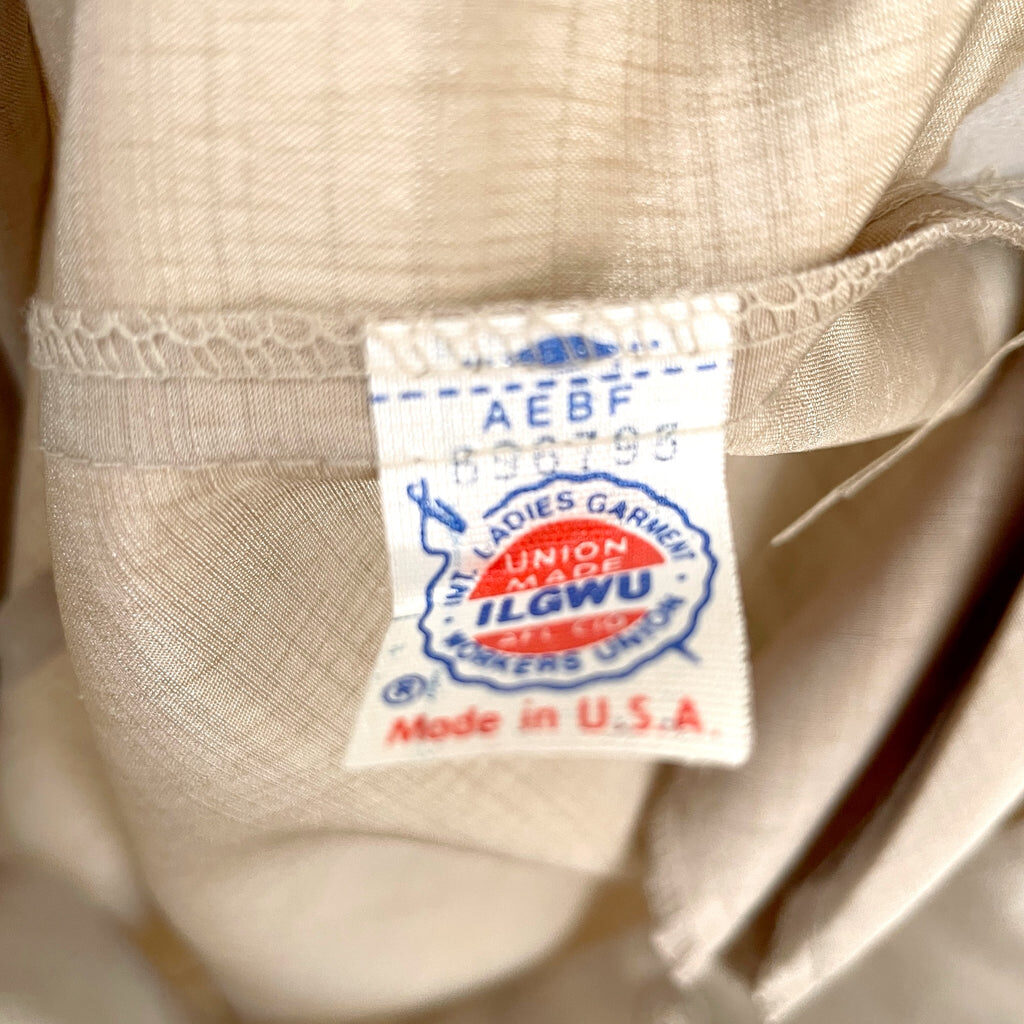
Clothing made in the US from most of the 20th century will have a union label. The label changed designs a few times, giving you at least a bracket to narrow down when it was made. Sammy D Vintage has images and dates for ILGWU labels.
6 China back stamps
Most dishes have markings on the back that might indicate maker, country of origin and pattern name or model number. Some, like restaurant ware, even have a date code. Those markings, called back stamps, change over time. You may be able to find charts of back stamps and they were used dates online for well-known manufacturers. Unfortunately, sometimes you need a specific back stamp reference book–this is absolutely the case of a lot of early Bavarian china. So many beehive backstamps…
7 Logo evolution
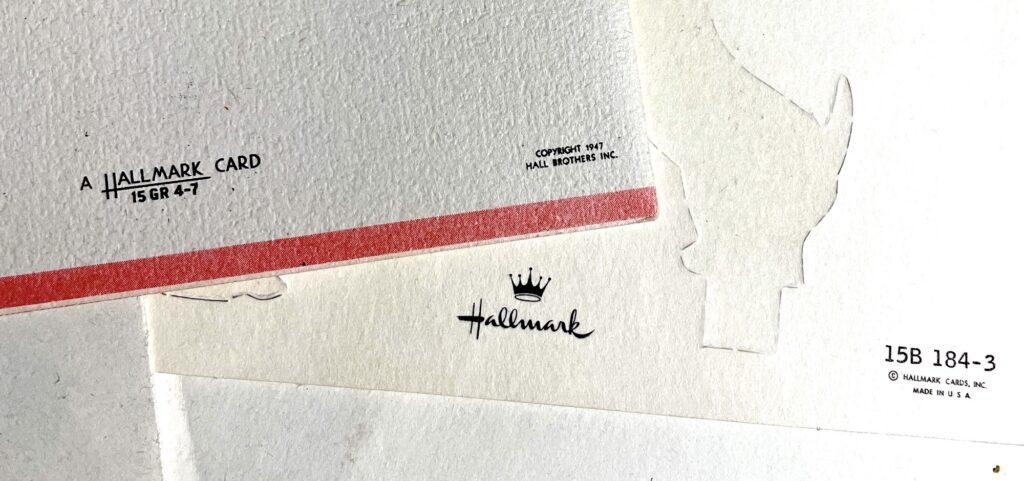
Like china back stamps, corporate logos evolve over time. Researching which logo was used during what years can help you date items. 1000Logos.net is a good resource. Searching on “[company name] logo history” has also been successful.
8 Patent numbers
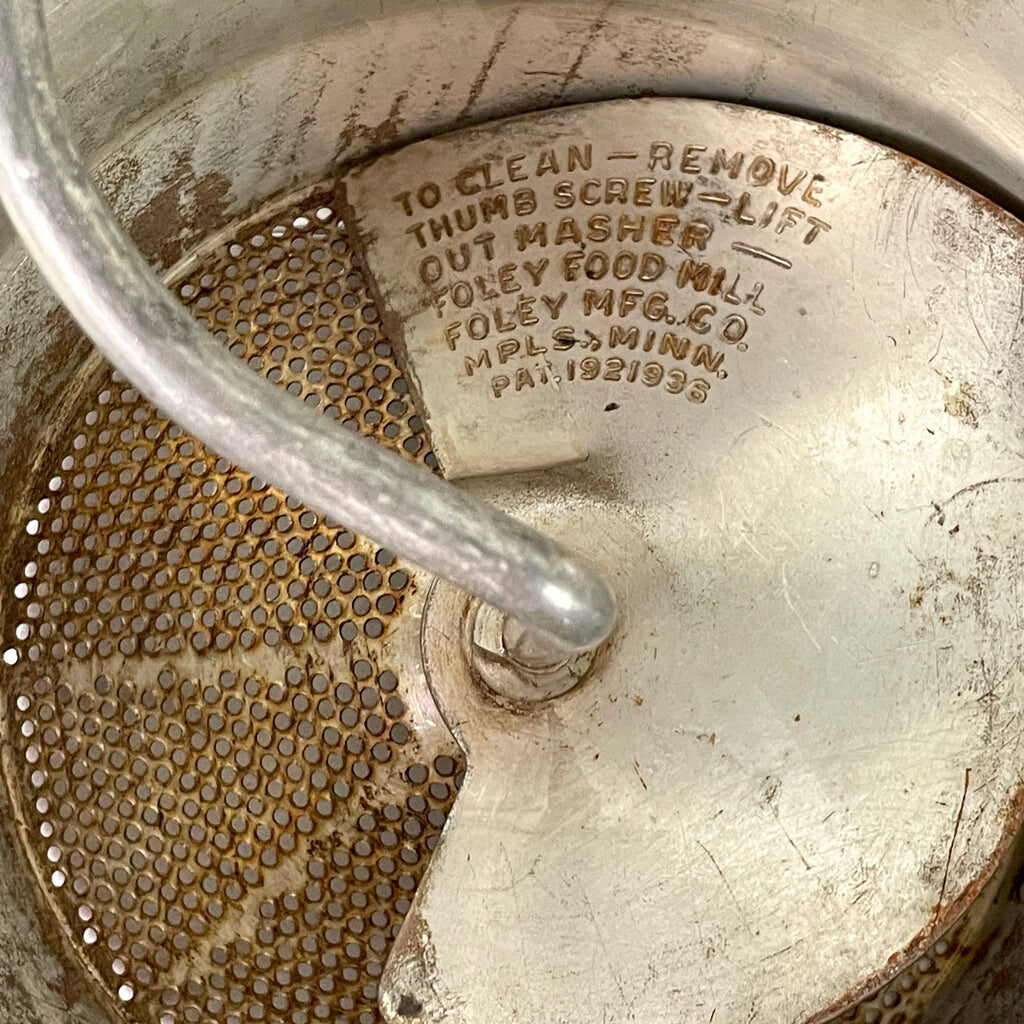
Not everything is gracious enough to have a patent number, but some, particularly antique tools and kitchenware, do. The patent number will not give you the exact year it was made, it gives you the year it was patented, but it gets you to the ballpark time frame. We wrote about researching patents.
9 Company history
There’s plenty of vintage out there from companies that no longer exist or companies that have changed names. If a company dissolved in 1964, then you know your vintage piece had to date from before then. Searching for company histories can sometimes tell you more than you would ever need to know, but other times you will find absolutely nothing. We went digging around on the company name embossed on a vintage bottle and found an absolute soap opera, read it here.
10 Family history
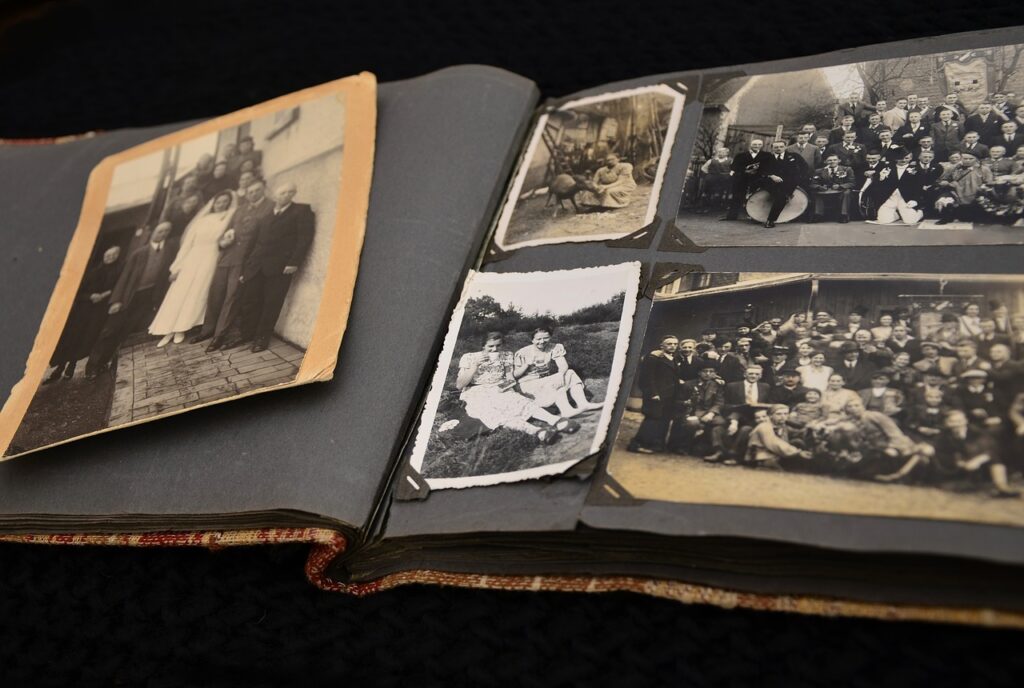
If you’re trying to date a family piece, knowing who owned it when is helpful. Did Gramma receive it as a wedding gift? Did your parents receive it as a new baby gift? Did a friend who moved out of the area thirty years ago make it?
Search your own memory. Do you remember it at an aunt’s house when you were a child? That tells you it’s at least as old as you are. Look at family snapshots…is is shown in any?
The age of many a piece can be narrowed down by asking the right people the right questions.
11 Price Tags
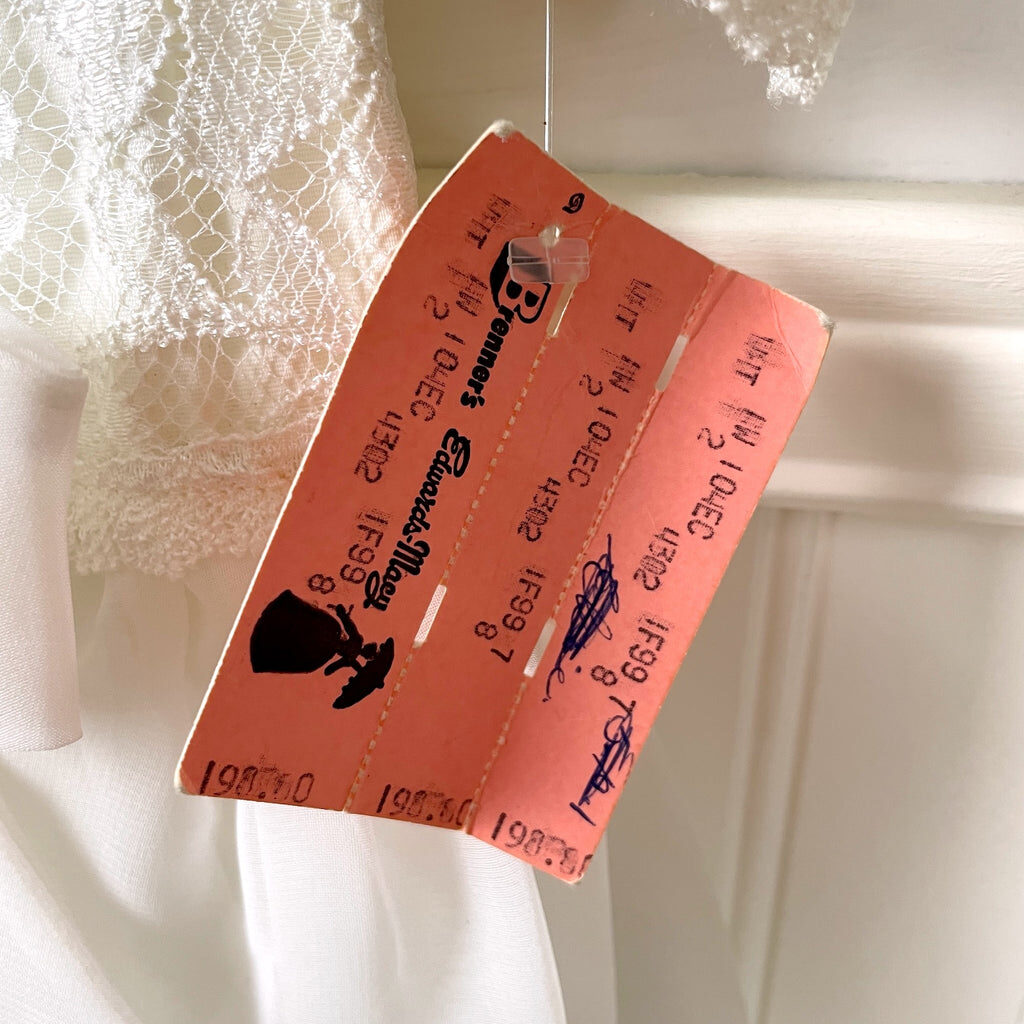
If you’re lucky enough to find a price tag on something, knowing what it cost can help you figure out when it was made. Or at least narrow it down. Grocery packaging is the easiest because there are plenty of websites to tell you what grocery items might have cost when. But you can also make deductions about what things cost based on what they cost now. Just don’t be fooled by an old thrift store marking!
12 Ask the Internet

There are lots of great special interest sites out there on social media. A friend who sells on Ruby Lane gets her best EAPG glass information from a Facebook site for collectors, for example. Setting up a separate profile for you as dealer or collector is a smart way to not inundate your friends with so many posts about stuff you sell or collect that they mute you. It’s also good if you’re not a social media fan. You can get curate your feed to get and share information and community and never get posts about what a friend from high school had for dinner.
What are your best tips for dating a vintage piece? Share them with the community in the comments…please! We’re dying to know!



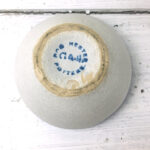
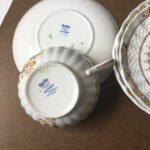
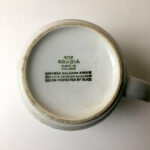

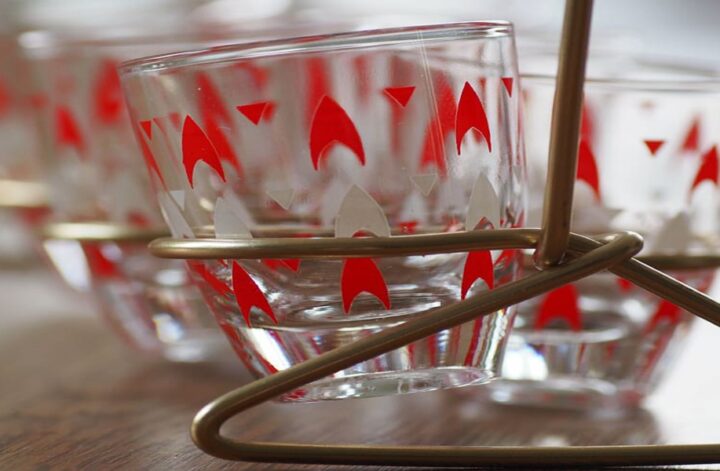
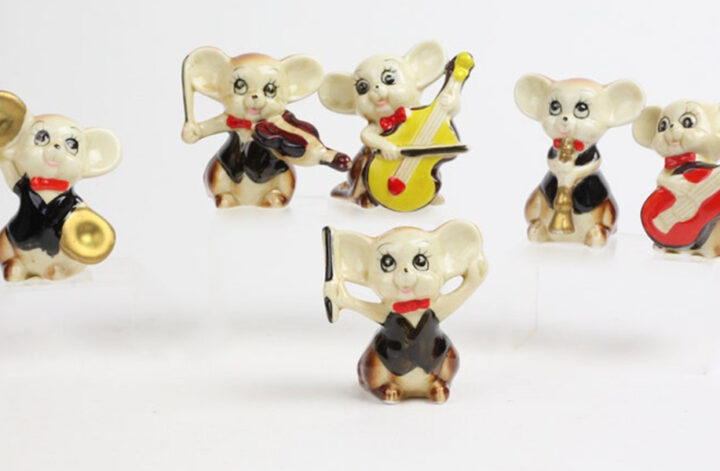
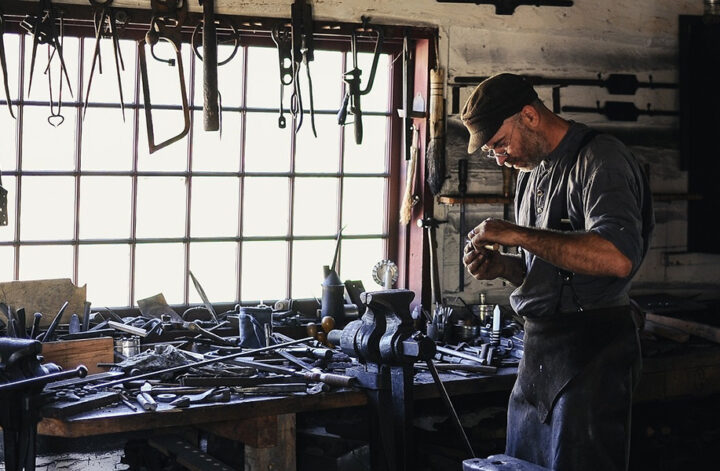
1 comment
This was a good and helpful article! I look in old magazines that feature antiques, Southern Living Country Living and Good Old Days, are a few. I learn a lot from other dealers at antique shows and from talking to old-timers. It takes a lot of time to research vintage and antiques! I appreciate your blog’s valuable information so much!